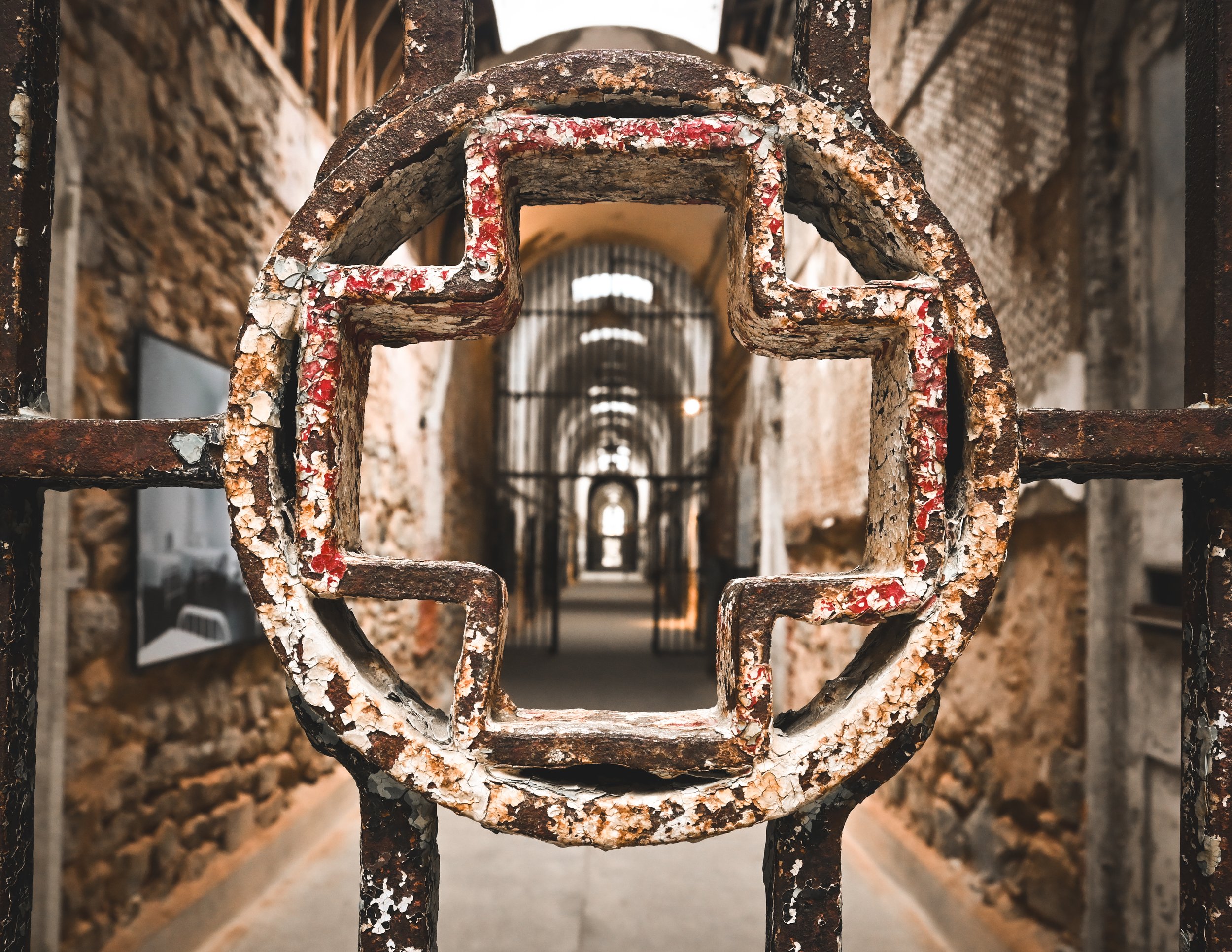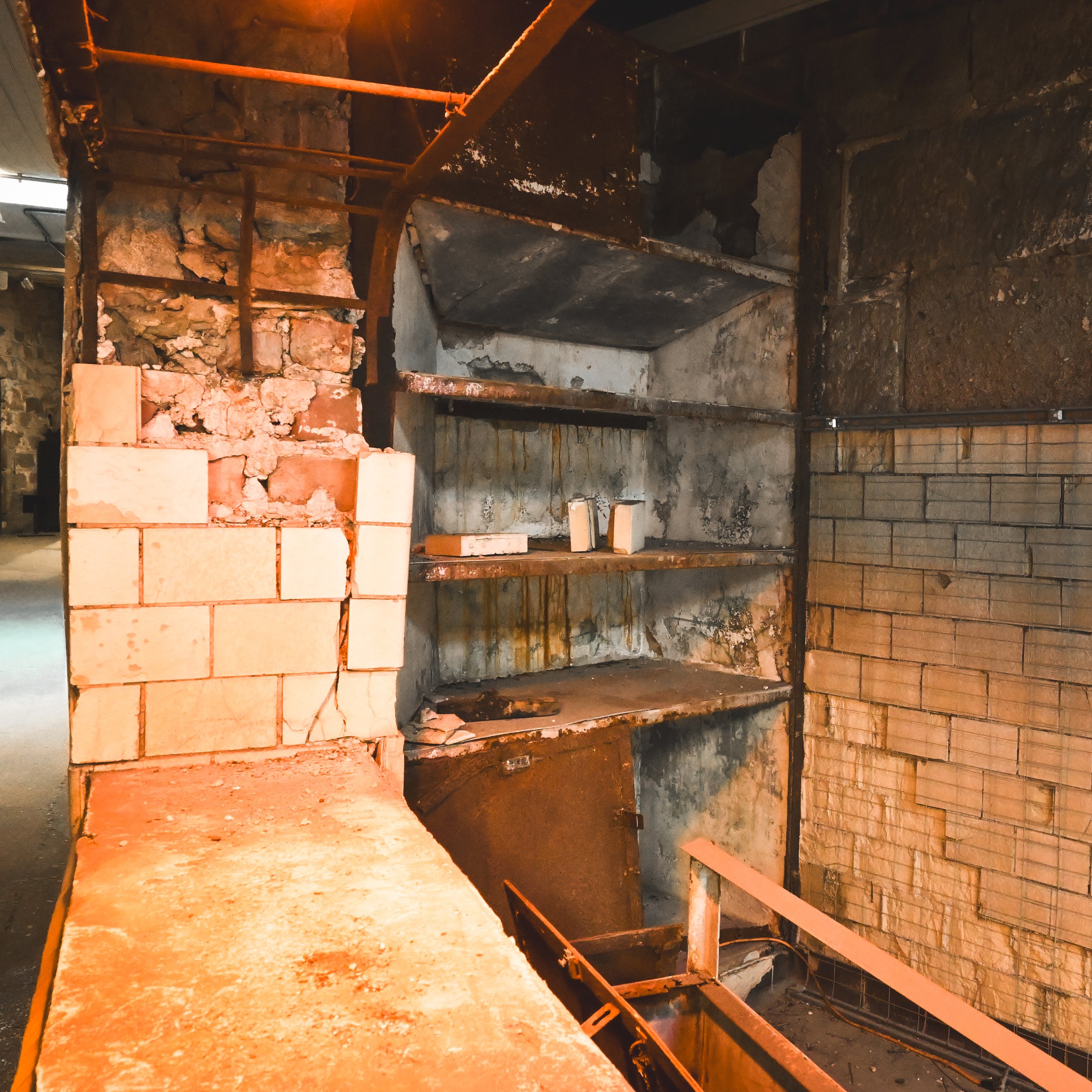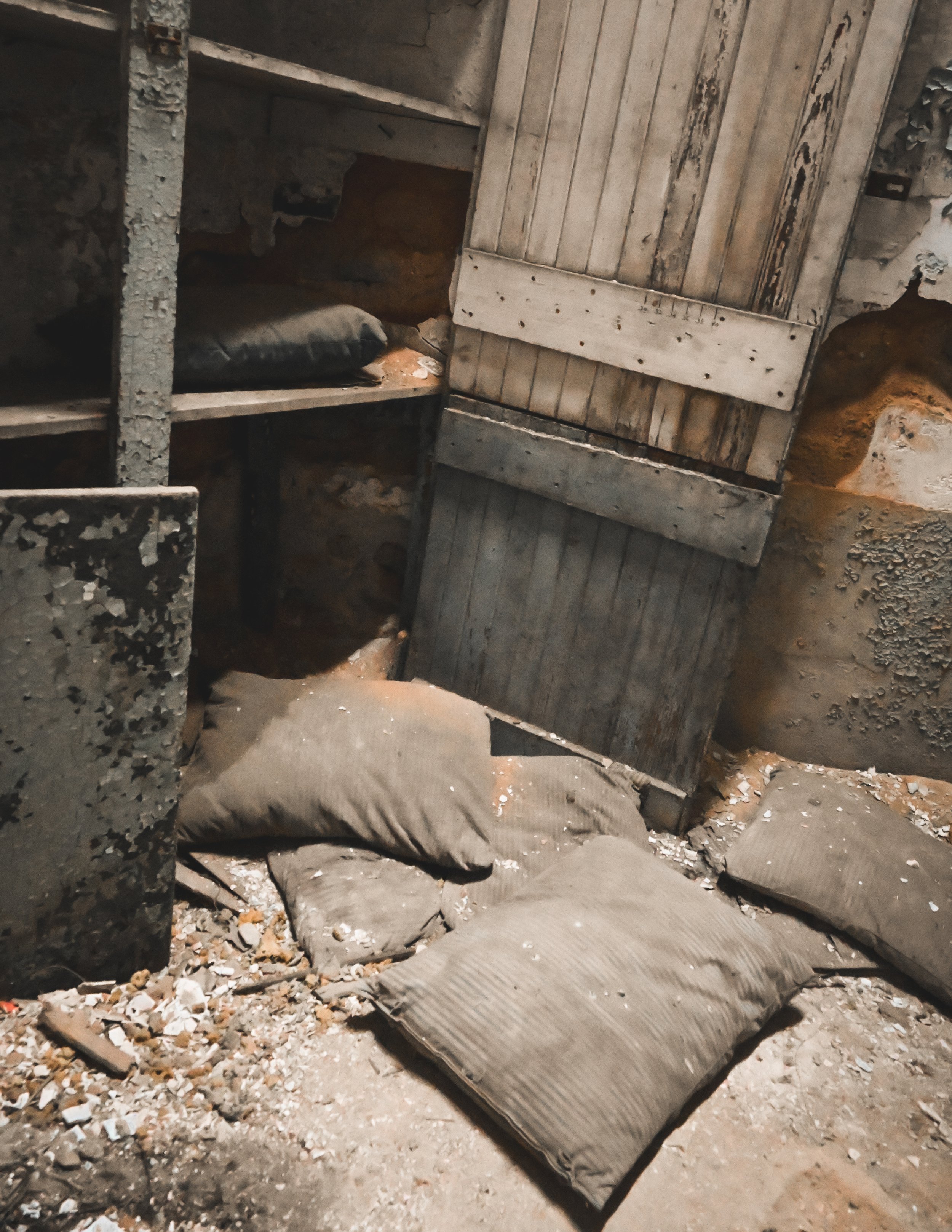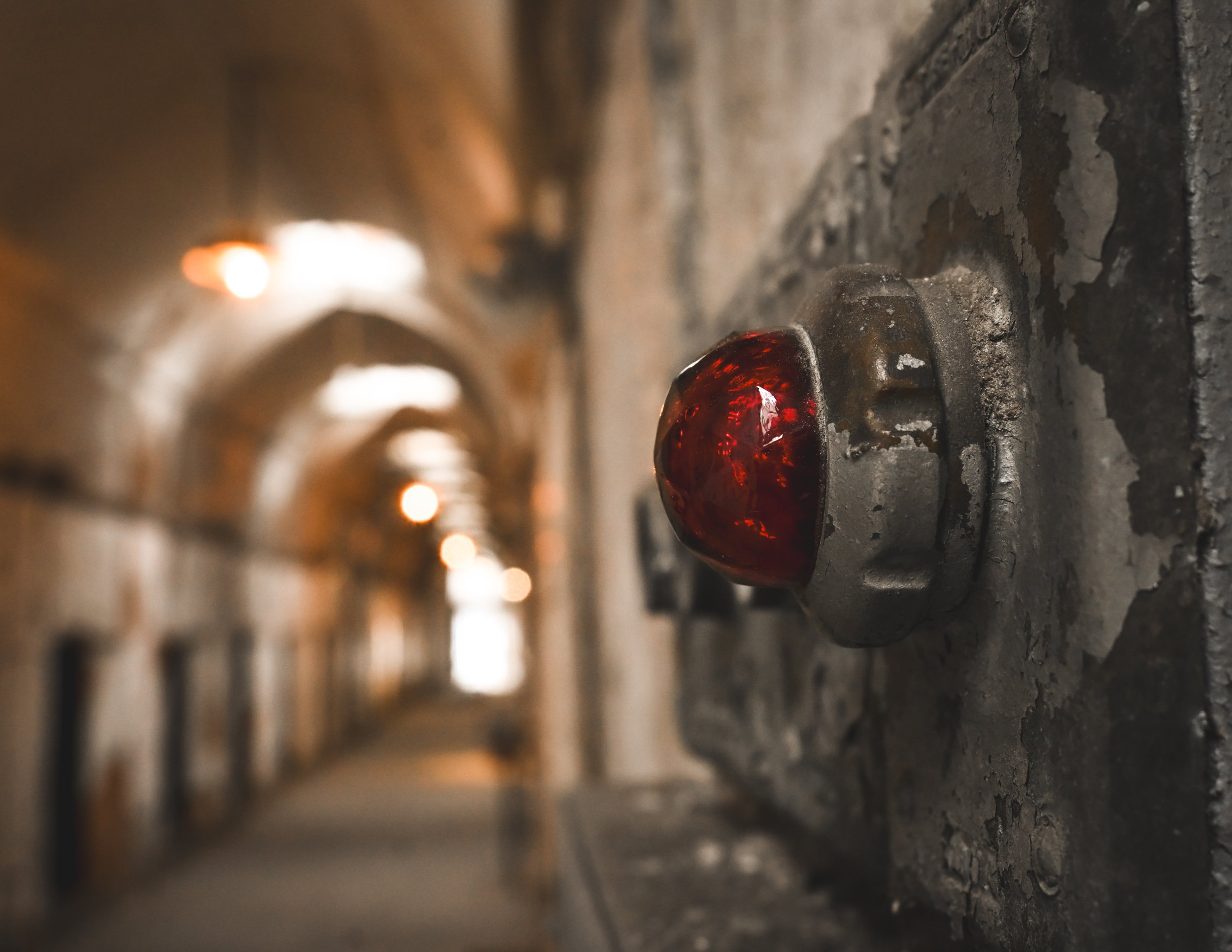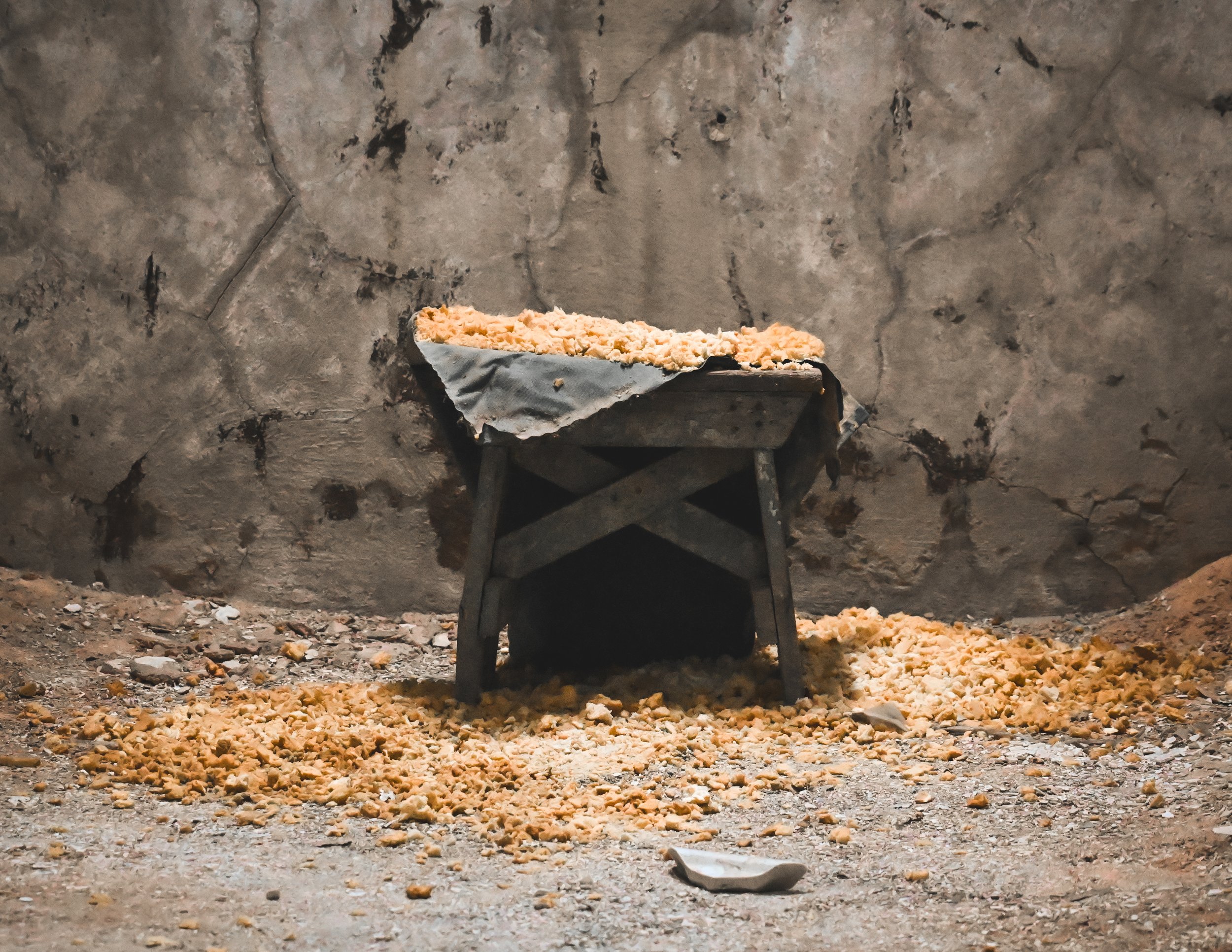Eastern State Penitentiary
Philadelphia is home to what was once the most famous and the most expensive prison in the world.
Eastern State Penitentiary was designed by John Haviland, a British architect who had made Philadelphia his home. When the call was put out for designs for the prison, Haviland submitted his design and ultimately won the competition (and a $100 prize).
Al Capone’s cell, as it appeared when Capone was incarcerated at ESP for eight months in 1929 and 1930.
1822: Construction starts on ESP on land known as Cherry Hill. Philadelphia’s city limits are still nearly a mile from ESP.
1829: Legislation is passed laying out the correctional theory that became known as the Pennsylvania System, whereby prisoners were to be kept separated and in solitude, thereby making them truly penitent. This led to plans to prohibit contact between the people imprisoned at ESP which included eyeless masks for the prisoners to wear any time they were outside of their solitary cells, feed doors and individual exercise yards. Each cell in the initial design featured a skylight, designed to symbolize “the eye of God” always watching over the prisoners.
Eastern State Penitentiary formally opened on October 25, 1829. It’s first inmate was Charles Williams, a farmer, sentenced to two years for burglary.
1831: ESP received its first female prisoner.
1832: First successful escape attempt.
Since its abandonment in 1971, nature has reclaimed portions of ESP.
1842: Charles Dickens visits the United States to see two sites: Niagara Falls and Eastern State Penitentiary.
1855: ESP’s central rotunda is photographed by William & Frederick Langenheim, two of the most well-known photographers in Philadelphia and beyond. Their artwork is included in the collections of the Metropolitan Museum of Art, the Getty Center, the Smithsonian, thre National Gallery and more.
Medical Wing.
Operating Room in the medical wing.
1913: The Pennsylvania System (confinement with solitude) is officially abandoned.
1923: Femal prisoners are removed. In July of 1923, Leo Callahan and five others escaped by scaling the east wall. He is one of just four people in the 142-year history of ESP to escape and never be recaptured.
Hydrotherapy Room in the medical wing.
1929/1930: Al Capone spends eight months at ESP.
1945: 12 men tunnel out of ESP and emerge at the intersection of Fairmount Avenue and 22nd Street.
Psychiatric cell. If you tour the prison and see the psychiatric cells, all the windows in the doors are shattered. However, this was not done by the prisoners or guards. It actually occurred from leaks and moisture during the prison’s years of abandonment.
Bed in the medical wing of the prison.
1961: Cellblocks are desegregated.
1970: ESP closes. It was used briefly in 1971 after riots at nearby Holmsburg Prison but it sat abandoned until limited group tours began in 1988.
1994: ESP opens for daily tours. Initially, visitors were required to wear hard hats and sign liability waivers.
Inmate Lester Smith painted a number of images that adorned the walls and ceiling of the Chaplain’s office, including this painting of Blessed Martin dePorres, the patron saint of mixed-race people. At the time of this painting, dePorres was not yet a saint but the process was underway. Smith was inspired for his painting by the official portrait of dePorres that appeared in an article in Jet magazine in 1954.
In the Chaplain’s office, artwork done by inmate Lester Smith during his incarceration at ESP still adorn the walls and the skylight.
Soup Alley, the food service area of ESP after the solitary Pennsylvania System has been abandoned.
Among the art installations currently (2024) on display at ESP is William Cromar’s “GTMO”, a recreation of a cell from Camp X-Ray, the now-abandoned holding cells in the United States Federal Detention Center at Guantanamo Bay, Cuba.
The skylights in the cells of the original four cellblocks were desined to symbolize “the ey of God” watching the prisoners.
Barber’s chair
Among the exhibits at ESP are examples of the many insects and other wildlife collected at ESP over the years.







